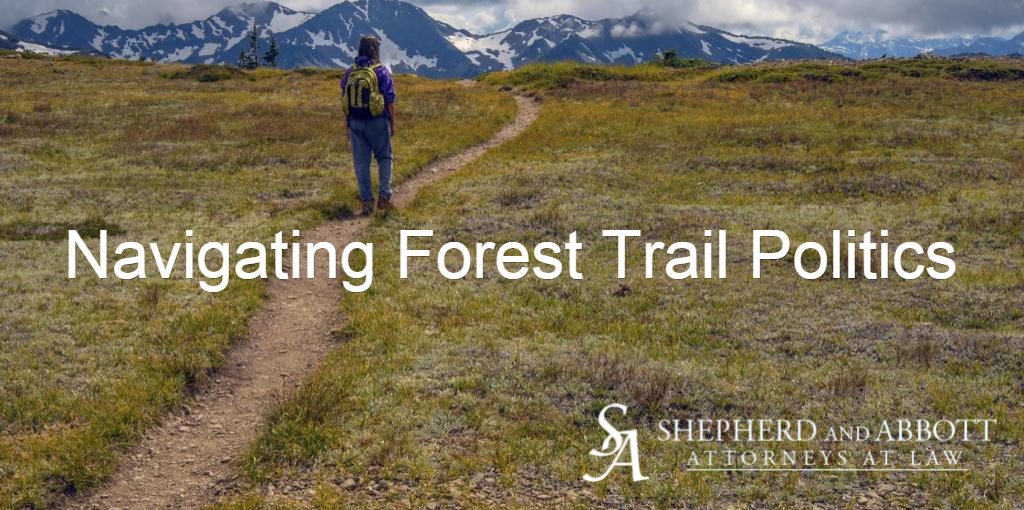Battles over land use are not new in the American West. Indeed, not counting the obvious examples documented between pioneers and Native Americans, at various times, our western heritage has witnessed conflicts exploding between all manners of groups.
Cattle barons and sheep ranchers fought over foraging areas, gold miners and farmers disputed water allocations between their two respective industries, and loggers and fishermen battled over erosion conditions in forest streams as each group attempted to dominate the environment in a seeming zero-sum game that could only see one victor to cite just a few.
Seemingly, the echoes of those battles continue to this day in the recreational realm as a new contest of wills has shaped up in the Evergreen State over who should have access to the off-road trails of the Okanogan-Wenatchee National Forest.
Washington Lawsuit Halts Forest Service Off-Road Plan
 The United States Forest Department’s decision to open up six routes available to wheeled ATVs (WATV), has sparked a lawsuit aimed at baring street-ready, all-terrain vehicles from the Okanogan-Wenatchee National Forest. Under Washington law, WATVs are ATVs modified and designed to be street legal. As such, these vehicles are equipped with state issued license plates, and drivers must conform to all licensing requirements while complying with all applicable road rules.
The United States Forest Department’s decision to open up six routes available to wheeled ATVs (WATV), has sparked a lawsuit aimed at baring street-ready, all-terrain vehicles from the Okanogan-Wenatchee National Forest. Under Washington law, WATVs are ATVs modified and designed to be street legal. As such, these vehicles are equipped with state issued license plates, and drivers must conform to all licensing requirements while complying with all applicable road rules.
The move, which would have opened up 350-miles of forest roads to WATV use, is opposed by an array of environmental groups including the Alpine Lakes Protection Society, Sierra Club, and the Kittitas Audubon Society. Their suit alleges that the federal forest department violated not only the National Environmental Policy Act, but they also bypassed their own Travel Management Rule before more a proper, comprehensive, public process has occurred.
Potential Impact of Increased Trail Usage
 The forest service action is designed to link new WATV routes to existing ATV trail usage, which has the potential of dramatically increasing traffic that has the real possibility of degrading the quality of existing habitat through overuse, and impairing the other recreational uses of other outdoor enthusiasts.
The forest service action is designed to link new WATV routes to existing ATV trail usage, which has the potential of dramatically increasing traffic that has the real possibility of degrading the quality of existing habitat through overuse, and impairing the other recreational uses of other outdoor enthusiasts.
While forest officials claim that the proposed routes honors the forestry service’s goal of providing public access to as wide a group of people as possible. For their part, the early opening of the park routes without proper environmental impact studies upset environmentalists.


